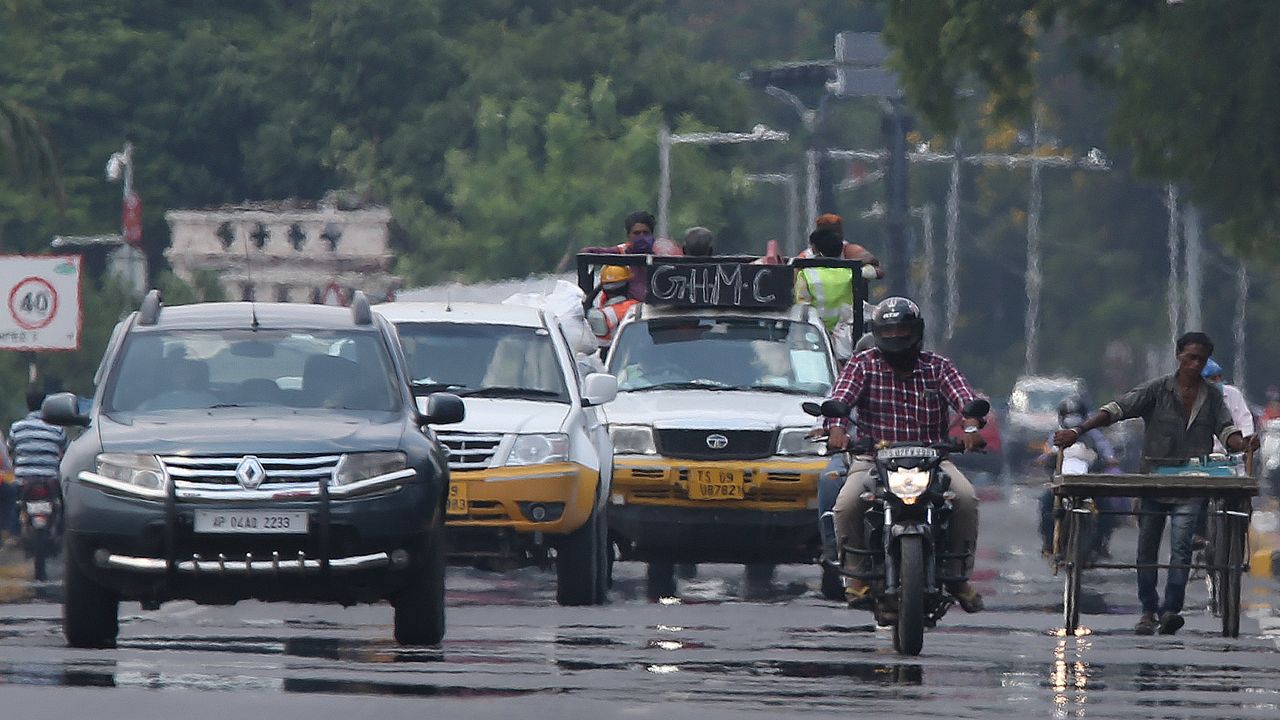On a hot summer day, have you ever noticed what looked like water on the road ahead while driving? The more you drove, you never quite seemed to get closer to the perceived wet pavement in front of you.
Well, that’s because what looks like water isn’t water at all, but a mirage.
A mirage is an optical effect created when light bends while passing through different air densities.
In the case of a road looking wet, this starts with the asphalt road absorbing lots of sun energy and becoming very hot. This hot road heats the air directly above it, making it less dense. But, the air is much cooler - more dense - just a few feet higher.
The light from the blue sky is bent (or refracted) toward your eyes as it travels through the different densities, giving the illusion of wet pavement. A thirsty person in the desert who saw this type of mirage would be very disappointed.
The wet road mirage is called an inferior mirage. It makes objects look inverted or upside down, or below where they really are.
There’s also a superior mirage that happens when there is colder air below warmer air, such as snow-covered ground or a very cold body of water. This type of mirage can make objects seem like they’re lifted into the sky, like a city in the distance or a boat floating in mid-air.



